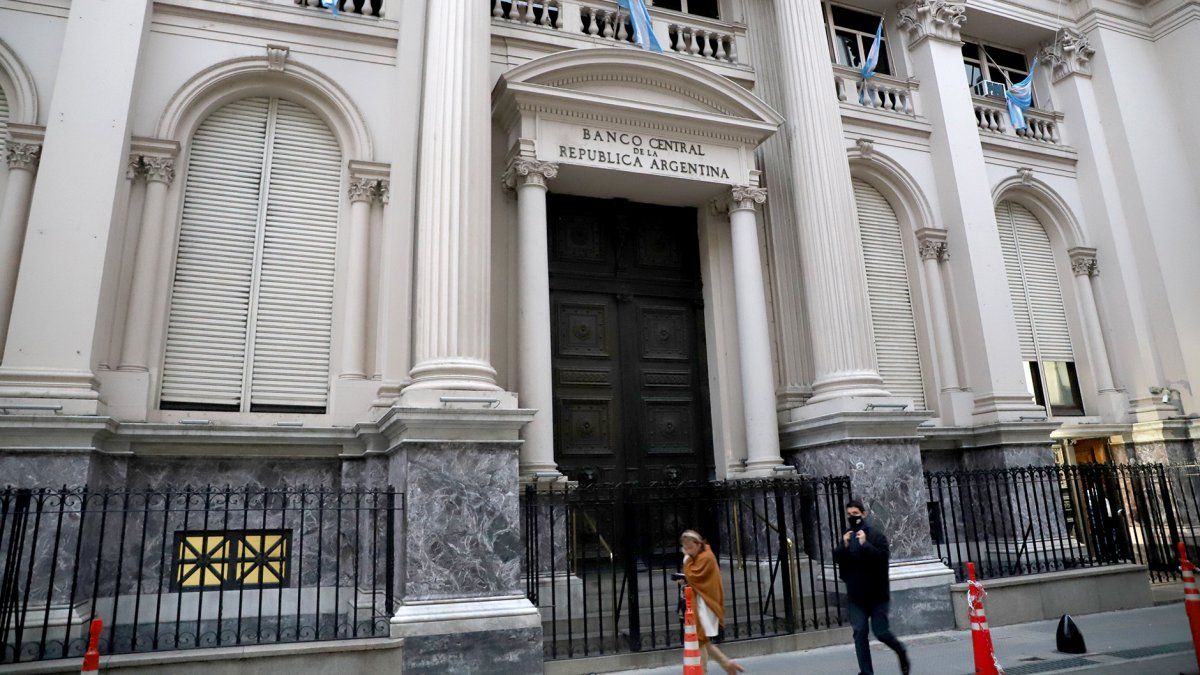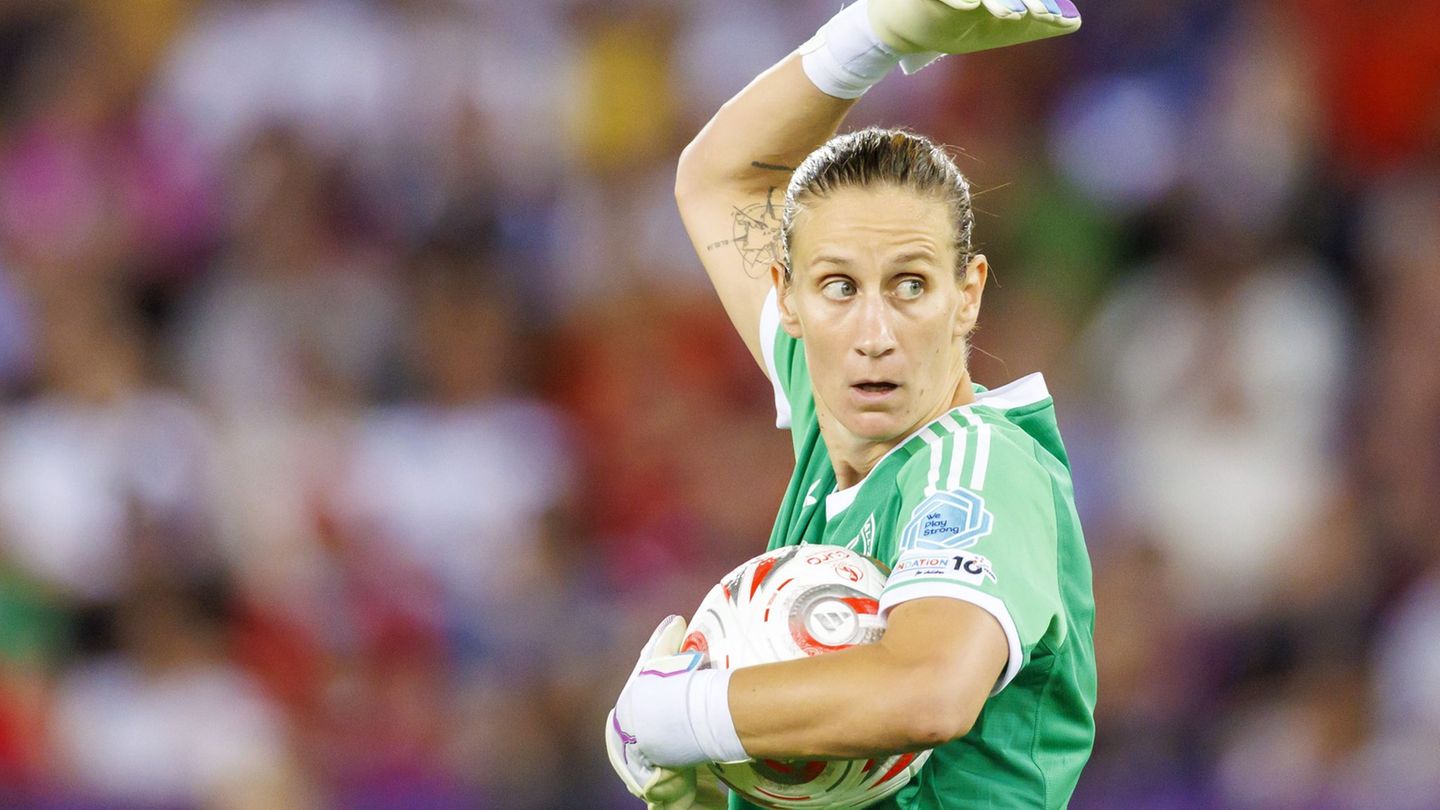However, the monetary authority announced that “it will continue to observe the evolution of the rate of inflation” and resolved to keep the reference rate unchanged because it assured that “it will contribute to consolidating the financial and exchange stability and reinforce the trend of gradual deceleration of inflation in the medium term”.
Why didn’t the BCRA raise the rate?
In this sense, they affirmed that “the calibration of the interest rates in positive terrain in real terms guarantees the protection of savings in pesos and contributes to keeping exchange rate expectations anchored, favoring the disinflation process”.
And they highlighted that, in their Objectives and Plans for 2023, the BCRA ratified its objectives of reducing the annual rate of inflation and building a process that restores confidence in the local currency as a store of value, preserving the monetary and exchange rate stability.
So, the rate of traditional fixed term it remains at 75% per year (nominal rate), with an effective annual rate of 107% and a monthly return of 6.25%, as has been the case since September of last year. In this way, the second month of real positive returns for these investment instruments is completed, after they came out almost even in September and October, since inflation levels were around 6%.
Fixed term: this is how they performed in 2022 and what is expected in 2023
On average, a fixed term traditional gave a level of earnings of between 78% and 80% per year (taking into account the Annual Effective Rate, TEA) throughout 2022. “For 2023, the expectation is that inflation will not grow and the bet of the government is to achieve a reduction, while the economists’ forecast is that it will remain at the values of 2022, or that it will be reduced slightly”, investment expert Marcelo Bastante anticipates to Ámbito.
Taking this scenario into account, analysts expect that, as the downward path of inflation is confirmed, the Central Bank could begin to analyze a policy of reducing the fixed term rate, which would also allow it to reduce the bulky quasi-fiscal deficit that it currently manages given that the rate of Liquidity Letters (LELIQ) they pay 75% interest to banks right now. However, inflationary moderation is still premature to move in this direction.
“It is the right decision to keep it because the CPI remained low. If the deceleration is sustained, it is likely that it will even go down, because a TNA of 75% is detrimental to activity, although positive as an astringent, it allows directing funds that normally become dollarized towards the pesos”, evaluates the economist Federico Glustein. And he points out that what could happen is that there is a small migration towards dollar bonds that have performed well these days or towards the Merval in general, although, for now, he considers that the rate is still very attractive.
That is why the BCRA anticipated that will continue to actively use the monetary policy interest ratethe structure of regulated passive and active rates, as well as all other available instruments.
Source: Ambito
I am a 24-year-old writer and journalist who has been working in the news industry for the past two years. I write primarily about market news, so if you’re looking for insights into what’s going on in the stock market or economic indicators, you’ve come to the right place. I also dabble in writing articles on lifestyle trends and pop culture news.




